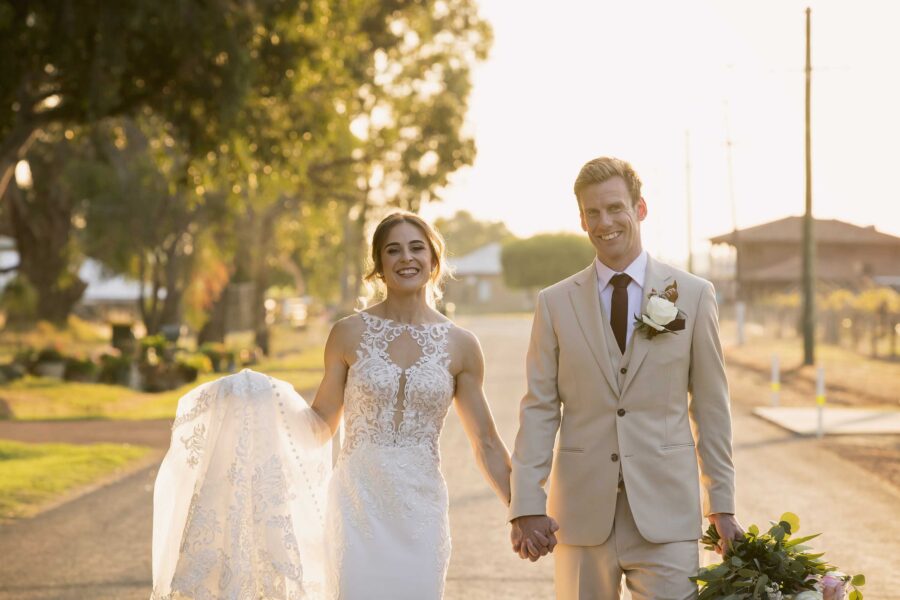Photography doesn’t end when you hit the shutter button—some of the real magic happens in the editing room! As a photographer, I’ve spent years fine-tuning my editing process to bring out the best in wedding and event photos. Whether you’re just starting out or looking to refine your post-processing skills, here are some of my top tips to make your images shine while keeping things natural and timeless.
1. Start with a Solid Base: Shoot in RAW
If you’re not shooting in RAW yet, now’s the time to start! RAW files contain all the data your camera captures, giving you far more flexibility in editing. They’re especially handy for weddings, where lighting conditions can change in an instant. With RAW, you can recover lost details in highlights and shadows without degrading image quality.
2. Nail the White Balance
Weddings have all kinds of tricky lighting—warm indoor receptions, golden hour ceremonies, and even fluorescent-lit getting-ready rooms. Getting your white balance right is crucial for natural-looking skin tones. If your shot looks too warm or cool, adjust the temperature and tint sliders in Lightroom or Photoshop until everything looks just right.
3. Keep Skin Tones Looking Natural
Retouching is great, but no one wants to look like a plastic doll! When editing portraits, keep skin retouching subtle—remove distractions like temporary blemishes, but leave natural texture intact. Tools like frequency separation or the healing brush in Photoshop can work wonders while keeping everything realistic.
4. Perfect Your Exposure & Contrast
One of the simplest yet most effective adjustments you can make is fine-tuning exposure and contrast. Slight tweaks to highlights, shadows, and blacks can add depth and drama without making the image look overprocessed. Aim for a balance that keeps details visible while maintaining a natural feel.
5. Create Consistency with Presets
If you want a cohesive look across an entire wedding album, presets are your best friend. Whether you create your own or purchase professional ones, presets help streamline your workflow and maintain a consistent editing style. Just remember—no preset is a one-click fix! Always fine-tune adjustments to suit each individual image.
6. Embrace Selective Editing
Sometimes, a global edit isn’t enough. Use radial filters, gradient filters, or adjustment brushes to target specific areas of an image. Want to add a little pop to the couple while keeping the background soft? A subtle vignette or a local contrast adjustment can work wonders.
7. Don’t Overdo It!
The best edits are the ones that feel timeless. While it’s tempting to crank up the saturation or go heavy on the filters, less is often more. Aim for an edit that enhances rather than overwhelms—so when couples look back at their photos in 20 years, they’ll still feel just as magical.
Editing is where creativity meets technique, and every photographer develops their own unique style over time. The key is to keep experimenting, refining, and most importantly—having fun with the process!

